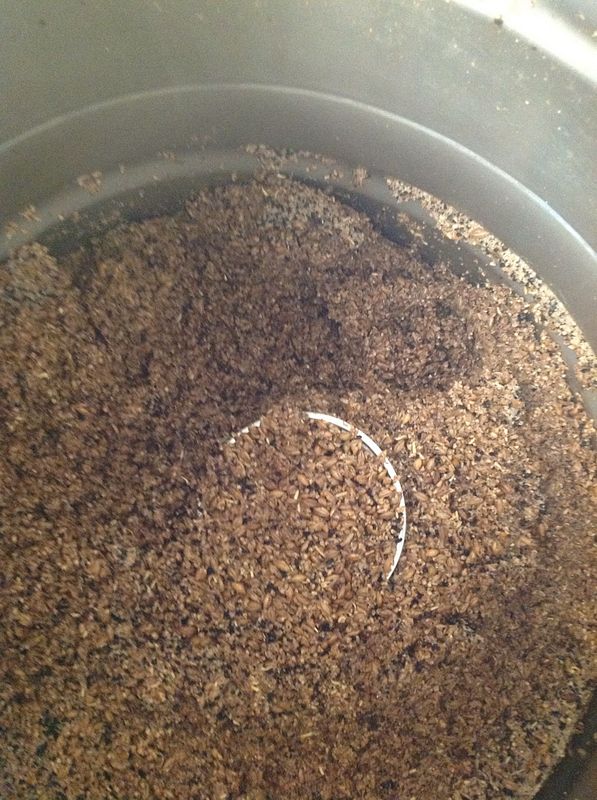Hi,
Yep! I'll post some pics over the next couple of days.
The coil turned out 2mm over my target size of 300mm but I found the control I have over dimensions is amazing.
The coils are perfectly parallel and uniform as you can see in the attached pic but my concern is that the tude becomes distorted in section.
Cheers
Tinny

Yep! I'll post some pics over the next couple of days.
The coil turned out 2mm over my target size of 300mm but I found the control I have over dimensions is amazing.
The coils are perfectly parallel and uniform as you can see in the attached pic but my concern is that the tude becomes distorted in section.
Cheers
Tinny









